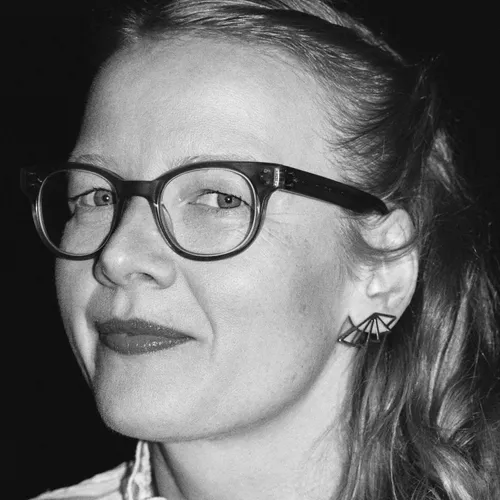
In the orchestra piece Between Trees, I wanted to describe what can happen between trees, by taking the listeners on a sonic excursion. A trip where the forest is not viewed from a distance, but gives the audience a feeling of being inside it.
The piece begins with the sound of a squirrel eating, and then we are brought underground. There it is crowded with roots that are connected in a network of fungal threads. These threads connect trees and plants so that they can communicate - like the forest's own internet. Fungal threads grow in pulse, so there is a rhythmically pulsating life that unfolds under our feet. The opening is therefore driving and airy, like communicating trees. Then we move above the ground. We hear fluttering wings and various birds such as woodpeckers, blackbirds, cuckoos, owls and magpies.
The work also thematises the relationship between man and nature, and our presence in it, where our consciousness alternates between being present and observing the surroundings, and daydreaming. Maybe the mind wanders and one hums a melody, only to be brought back to the present by a bush with chattering sparrows.
The work alternates between beautiful melodies and rhythmic drive, and I wanted to create an orchestral work with chamber musical qualities where the instrumentation is packed with details. New playing techniques have been developed in close collaboration with several of KORK's musicians and include e.g. water in the brass instruments, multi-layered woodwind sounds and prepared harp and string instruments. The piece also made me go back to my roots and background as a clarinetist, and it became natural to reflect on what I like best about the classical orchestral repertoire and find out what I miss in the modern repertoire. So the warm sound of a horn quartet and a beautiful oboe solo became something I wanted to have in the piece.
The work is written for KORK, initiated by the KUPP-program and is dedicated to my mother.
Kristine Tjøgersen